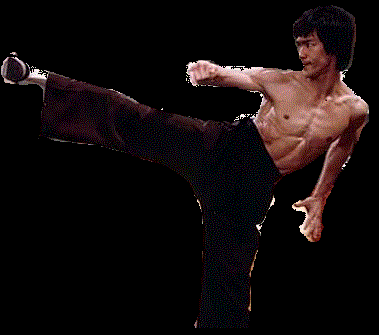
Blade lengthavg. 15–30 cm (5.9–11.8 in)
Tantō:
A tantō (短刀?, "short blade") is one of the traditionally made Japanese swords (nihonto) that were worn by the samurai class of feudal Japan. The tantō dates to the Heian period, when it was mainly used as a weapon but evolved in design over the years to become more ornate. Tantō were used in traditional martial arts (tantojutsu) and saw a resurgence of use in the West in the 1980s as the design made its way to America and is a common blade pattern found in modern tactical knives.
Description:
The tantō is commonly referred to as a knife or dagger. The blade is single or double edged with a length between 15 and 30 cm (6-12 inches, in Japanese 1 shaku). The tantō was designed primarily as a stabbingweapon, but the edge can be used for slashing as well. Tantō are generally forged in hira-zukuri style (without ridgeline), meaning that their sides have no ridge line and are nearly flat, unlike the shinogi-zukuri structure of a katana. Some tantō have particularly thick cross-sections for armor-piercing duty, and are called yoroi toshi. Tantō were mostly carried by samurai, as commoners did not generally wear them. Women sometimes carried a small tantō called a kaiken in their obi primarily for self-defense. Tantō were sometimes worn as the shōtō in place of a wakizashi in a daishō, especially on the battlefield. Before the advent of the wakizashi/tantō combination, it was common for a samurai to carry a tachi and a tantō as opposed to a katana and a wakizashi.
It has been noted that the tachi would be paired with a tantō and later the uchigatana would be paired with another shorter uchigatana. With the advent of the katana, the wakizashi eventually was chosen by samurai as the short sword over the tantō. Kanzan Satō in his book The Japanese sword notes that there did not seem to be any particular need for the wakizashi and suggests that the wakizashi may have become more popular than the tantō due to the wakizashi being more suited for indoor fighting. He mentions the custom of leaving the katana at the door of a castle or palace when entering while continuing to wear the wakizashi inside.
Heian to Muromachi:
The tantō was invented partway through the Heian period, when it was mainly used as a weapon. With the beginning of the Kamakura period, tantō were forged to be more aesthetically pleasing, and hira and uchi-sori tantō were the most popular styles for wars in the kamakura period. Near the middle of the Kamakura period, more tantō artisans were seen, increasing the abundance of the weapon, and the kanmuri-otoshi style became prevalent in the cities of Kyoto and Yamato. Because of the style introduced by the tachi in the late Kamakura period, tantō began to be forged longer and wider. The introduction of the Hachiman faith became visible in the carvings in the tantō hilts around this time. The hamon (line of temper) is similar to that of the tachi, except for the absence of choji-midare, which is nioi and utsuri. Gunomi-midare and suguha are found to have taken its place. In Nambokucho, the tantō were forged to be up to forty centimeters as opposed to the normal one shaku (about thirty centimeters) length. The tantō blades became thinner between the uri and the omote, and wider between theha and mune. At this point in time, two styles of hamon were prevalent: the older style, which was subtle and artistic, and the newer, more popular style. With the beginning of the Muromachi period, constant fighting caused the mass production of blades, meaning that with higher demand, lower-quality blades were manufactured. Blades that were custom-forged still were of exceptional quality, but the average blade suffered greatly. As the end of the period neared, the average blade narrowed and the sori became shallow.


